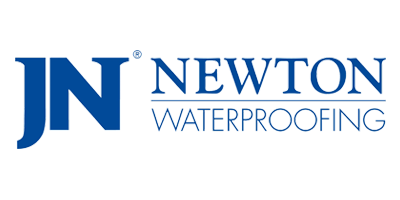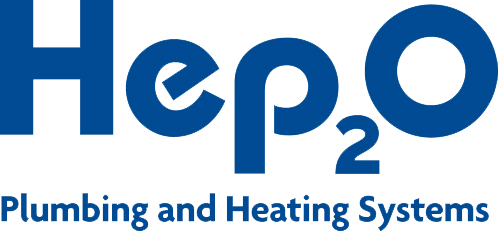Back
What is PR? Strategic Reputation-Building and Communication in 2025
What is PR in 2025? It’s a strategic tool for building trust and shaping perception in a digital-first world—essential alongside SEO, social media, and pay-per-click campaigns.
While these digital tactics generate leads, public relations helps position your business as credible, trustworthy, and ready to grow.
So, what exactly does PR look like today—and how can it work for your business?
Understanding What PR Means Today
The Chartered Institute of Public Relations (CIPR) defines public relations as the discipline focused on reputation, aiming to earn trust and support while influencing behaviour and opinion. The PRSA builds on this by describing PR as a strategic communication process that creates mutually beneficial relationships.
Put simply, public relations is how you shape what others say, think, and feel about your business. It’s the reputation you build through action and communication.
Why Reputation Still Drives Business Results
Whether you’re a solo installer or a national supplier, your success hinges on how your business is perceived. Every experience, online review, staff interaction, or feature in the media contributes to that perception. PR helps you take control of the narrative, building a clear, trusted image in the minds of your audience.
In the current market, where buyers research companies extensively before making contact, strong public relations helps separate your business from the competition.
How PR Has Evolved in 2025
Modern PR is integrated, digital-first, and ongoing. It doesn’t stop at the occasional press release. Instead, it connects across the PESO model—Paid, Earned, Shared, and Owned media—to shape how and where your message appears.
You’re no longer just targeting traditional media. Digital coverage, influencer features, LinkedIn articles, and even direct commentary from your leadership team are all part of the PR mix. And every output must be consistent, relevant, and aligned with your wider PR and communications strategy.
Building Trust and Authority Through PR
Trust is hard-won and easily lost. PR provides a platform to prove your credibility by showing—not just saying—what your business stands for.
Case studies, testimonials, and staff stories are all tools that build authenticity. Awards and accreditations offer independent validation. And when this content is published on recognised platforms—whether a trade journal or a respected blog—it adds weight to your reputation.
This kind of third-party endorsement speaks louder than ads ever could.
Increasing Visibility in Your Market
One of PR’s key strengths is increasing your business’s visibility in the places that matter. Regular features in industry publications, opinion pieces from your directors, and coverage of milestones help keep your name in front of decision-makers.
These aren’t just vanity pieces. They act as long-term brand builders, especially when combined with active SEO and social promotion. A well-placed article today can bring new enquiries months down the line.
PR complements your digital campaigns by adding depth, trust signals, and relevance across all channels.
Handling Crises and Controlling the Narrative
When things go wrong, PR is your first line of defence. Crisis communication today involves real-time monitoring, pre-prepared holding statements, and full transparency. It’s not just about damage control—it’s about maintaining trust.
Whether it’s a supply chain issue, a public complaint, or an internal error, having a plan in place helps your business respond quickly and professionally. PR ensures your message gets out before rumours or misinformation take hold.
How PR is Measured in 2025
Measuring PR has moved beyond vanity metrics. The Barcelona Principles 3.0 guide today’s best practice, focusing on outcomes, not just outputs.
This means looking at how PR activity influences behaviour, drives enquiry, or builds long-term trust. It involves tracking both the volume of coverage and the sentiment, reach, and engagement of each piece.
Working with a full-service agency like Purplex means your PR is tied to real results, not just column inches.
Founder-Led and Influencer PR
In 2025, we’ve seen a growing trend towards direct, founder-led communication. Business owners are now their own spokespeople, posting regularly on platforms like LinkedIn, TikTok, or YouTube. These unfiltered updates create genuine engagement, helping businesses appear more human, honest, and connected.
Similarly, influencer and partner collaborations form a key part of a modern PR plan. A mention from a respected voice in your industry often carries more weight than a headline.
How PR Supports Your Whole Marketing Strategy
Public relations doesn’t sit in isolation. It works best when combined with other marketing activities.
It helps:
-
Improve SEO through backlinks and brand mentions
-
Support PPC and social campaigns with greater trust signals
-
Build credibility before sales calls or email follow-ups
-
Drive traffic and awareness to landing pages, service pages, or contact forms
When timed well, PR activity amplifies the impact of your wider marketing efforts.
Why Your Business Still Needs PR
PR is not about chasing attention—it’s about creating a consistent, credible presence in your market.
It helps you build trust. It supports your digital strategy. It strengthens your reputation. And most importantly, it shows your customers and prospects who you are—before they ever speak to you.
If you’re serious about growing your reputation and attracting better opportunities, PR should be a core part of your strategy.
Ready to Build Your Reputation?
If you want support with public relations, case studies, press coverage, or integrated communications, get in touch today. We’ll show you how strategic PR can give your business the authority it deserves.





